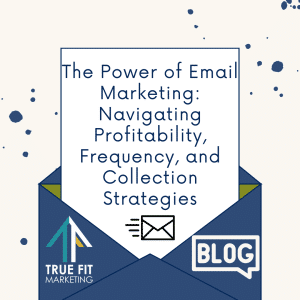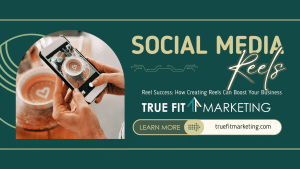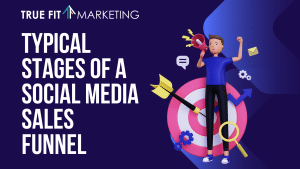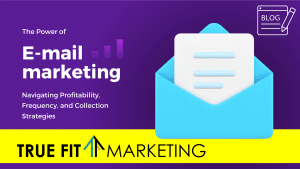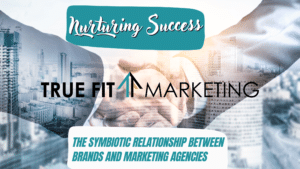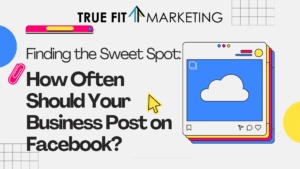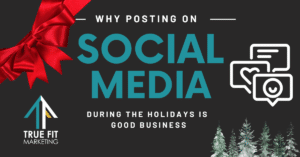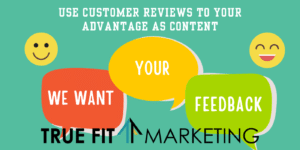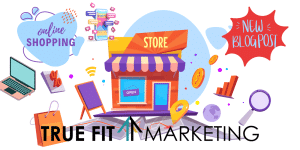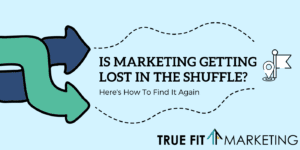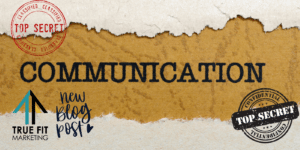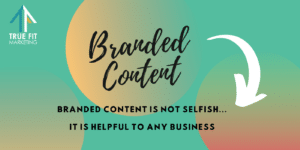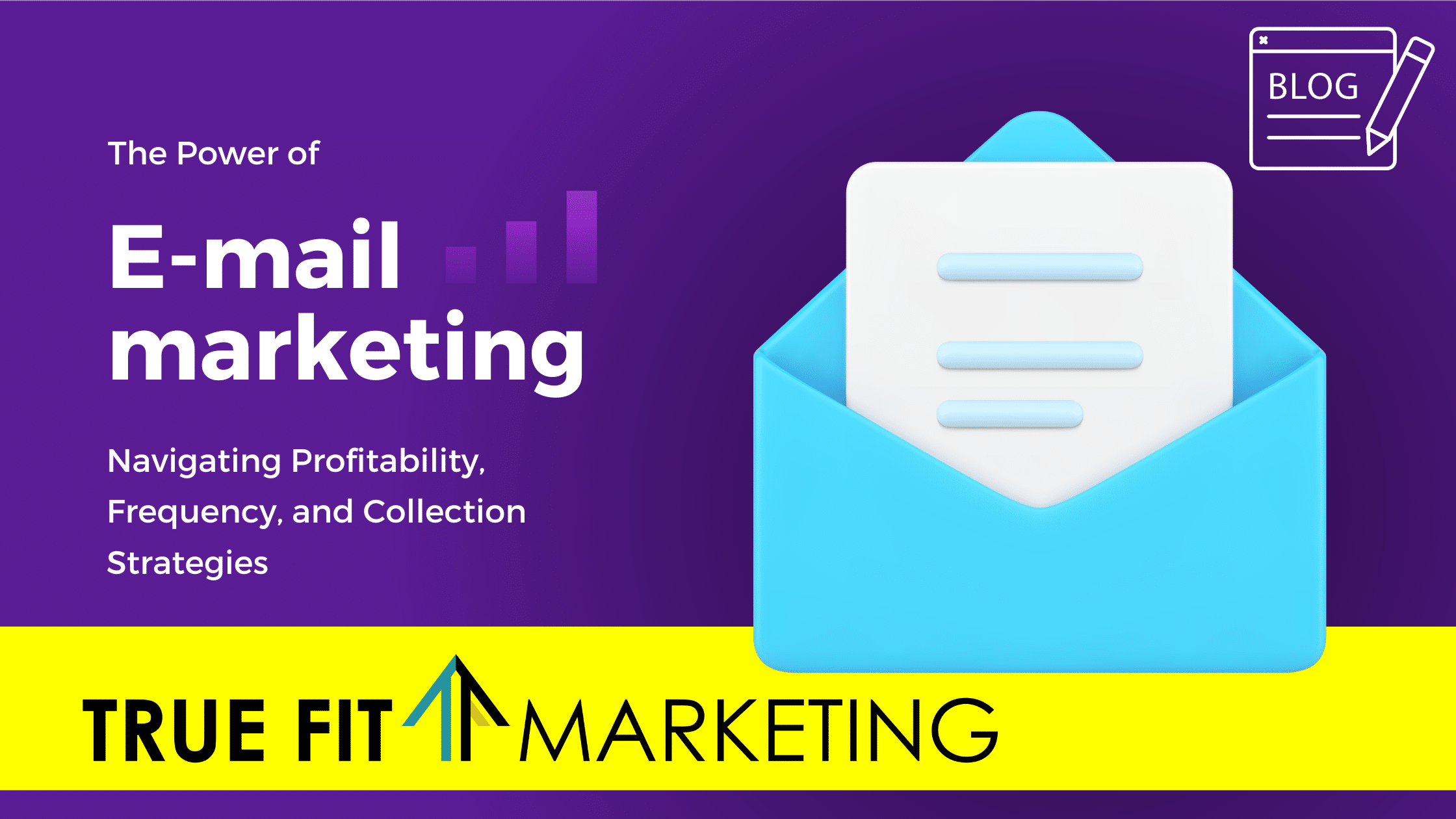
In the ever-evolving landscape of digital marketing, email remains a strong player in the field of communications, providing businesses with a direct line to their audience. In this blog post, we’ll explore the enduring profitability of email marketing, address the crucial question of email frequency, and dip our toes into some of the best strategies for collecting email addresses.
Is Email Marketing Still Profitable?
Despite the emergence of new marketing channels, email marketing continues to prove its effectiveness. According to recent studies, email has one of the highest return on investment (ROI) rates among digital marketing channels. Its ability to deliver targeted and personalized messages directly to a receptive audience contributes to its enduring profitability.
Email marketing allows businesses to nurture relationships with existing customers, re-engage inactive subscribers, and convert leads into loyal patrons. The key lies in crafting compelling content, utilizing segmentation for targeted campaigns, and optimizing campaigns based on analytics. Additionally, it is important to know how your target audience reads their email. Is it on their phones (more than likely yes), computer, tablet, etc.? Knowing this information can also help you craft even more effective emails so that they are viewed correctly.
How Often Should a Business Email Their Client List?
Determining the optimal email frequency is a delicate balance. Bombarding your audience with too many emails risks overwhelming them, leading to unsubscribes or a decline in engagement. Conversely, infrequent communication may result in your brand fading from their consciousness.
A general guideline is to maintain consistency while considering the nature of your business and audience preferences. Weekly or bi-weekly emails are common for many B2C businesses, but it’s crucial to monitor metrics such as open rates and click-through rates. B2B communicators may like a monthly email that lays it all out into one email that they could save and come back to later. Pay attention to subscriber feedback and adjust your frequency accordingly to strike the right balance between staying present and respecting your audience’s inbox.
Best Strategies for Collecting Email Addresses
-
Offer Value Through Content
Know what your readers want. High-quality content can mean different things for different businesses. Some clientele may want ebooks, whitepapers, or exclusive access to webinars in exchange for email sign-ups in the beginning of your email relationship. This not only provides value to your audience but also encourages them to willingly share their contact information.
-
Optimized Website Opt-in Forms
Strategically place opt-in email marketing forms on your website, ensuring they are easily accessible and visually appealing. Consider using pop-ups, slide-ins, or static forms in prominent areas to capture the attention of visitors.
-
Contests and Giveaways
This could either go really well or backfire. Proceed with caution if you would like to do this as you will need to be very particular about your contest/giveaway to make sure whatever the prize is, relates back to your brand as well. You can host contests or giveaways that require participants to enter with their email addresses. This can build excitement around your brand but can also expand your email list with individuals interested in your giveaway. Again, use caution when hosting giveaways or contests as the people entering may or may not be truly interested in your products or services. Your email list could rapidly grow, but it may not be the target audience.
-
Exclusive Promotions for Subscribers
Incentivize subscription by offering exclusive promotions, discounts, or early access to products/services for email subscribers. This creates a sense of exclusivity and encourages users to join your mailing list.
-
Social Media Engagement
Leverage your social media platforms to promote your email list. Use compelling call-to-action (CTA) messages and direct users to dedicated landing pages where they can easily subscribe. You can share your giveaways and contests on social media (following specific rules per platform) that will then lead followers to your email sign up.
-
Referral Programs
Implement referral programs that reward existing subscribers for referring new contacts. Word-of-mouth remains a powerful tool, and satisfied customers can help grow your email list organically.
The Bottom Line
Email marketing, when executed strategically, remains a potent tool for businesses to connect with their audience, drive engagement, and ultimately boost profitability. By finding the right balance in email frequency and employing effective strategies for collecting email addresses, businesses can harness the enduring power of email to foster lasting relationships with their customers in the digital age.

